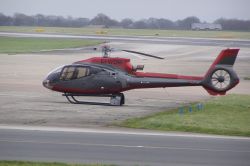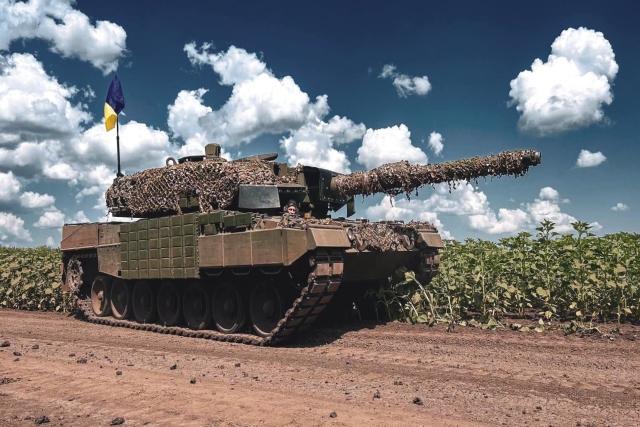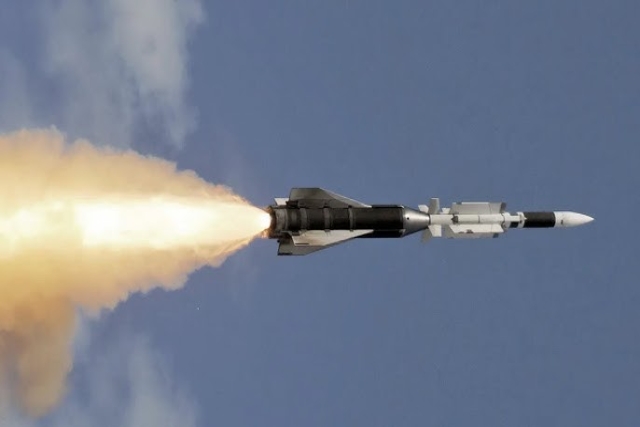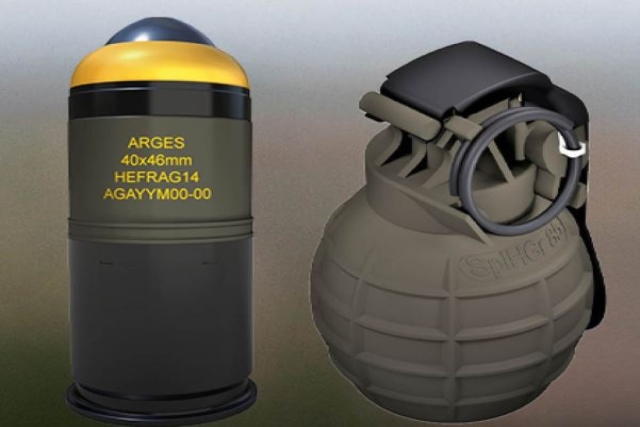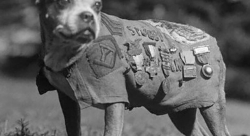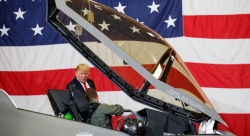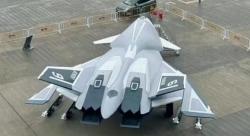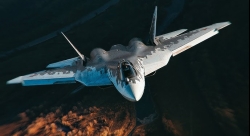U.K. Royal Navy Patrol Ship Tests New Helicopter Landing System before Caribbean Deployment
HMS Trent completes flight trials to prepare for drug-interdiction and hurricane response missions in the region

The United Kingdom’s Royal Navy has tested a new helicopter landing system on its patrol ship HMS Trent during a series of aviation trials ahead of a mission to the Caribbean.
Over three days at sea, HMS Trent carried out intensive flying operations with a Wildcat attack helicopter to assess the Helicopter Visual Landing Aid System (HVLAS), which is designed to help pilots land safely on ship decks during rough seas or at night.
The HVLAS includes a stabilised horizon light bar, a glide path indicator, and laser-guided landing lines—features that provide pilots with critical information during approach. The system also has deck-edge lighting and adjustable brightness settings compatible with night-vision devices.
Lieutenant Harry Jukes, HMS Trent’s Weapon Engineer Officer, explained: “The glide path indicator tells the pilot what angle to approach from. The stabilised lights show the horizon even when the ship is rolling. We can also control the light intensity to avoid dazzling the pilot at night.”
Although HMS Trent does not permanently carry helicopters, it will work closely with U.S. Coast Guard aircraft and regional emergency services in upcoming operations, including counter-narcotics patrols and disaster relief following hurricanes.
This was the first time in three years that a helicopter has operated from HMS Trent. The trials were part of the Royal Navy’s Operational Training and Assessment, which tests a ship’s readiness for deployment.
Personnel from the Fleet Operational Standards and Training team joined the ship to oversee day-into-night flight exercises, emergency drills, and fuel system testing under real conditions.
After completing the most demanding phase of training, HMS Trent has returned to Portsmouth to finish preparations before redeploying to the Caribbean.
The offshore patrol vessel has previously operated in the Mediterranean, West Africa, and Caribbean waters, and recently returned to the U.K. after undergoing upgrades in Malta.

